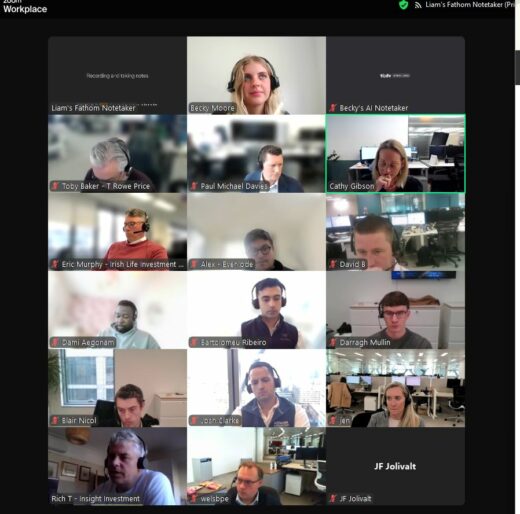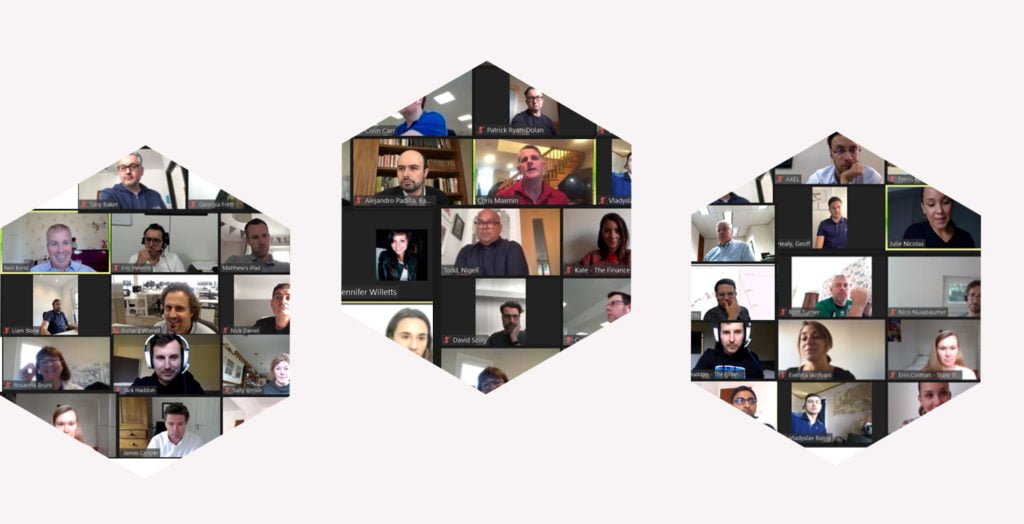The Finance Hive: Digital Café Takeaways
As the market becomes increasingly complex, the buy side continues to navigate the evolving role of data in Best Execution and Transaction Cost Analysis (TCA). At our recent Digital Café, members from across the trading and investment community joined to share how they’re tackling data challenges and what needs to change for TCA to become genuinely meaningful.
Spoiler: it’s not about access to more data – it’s about knowing what to do with it.
It’s Not the Data, It’s the Insight
While significant strides have been made over the last 15 years, one truth remains: the biggest challenge isn’t data availability, but making sense of it. Understanding what outcomes you’re trying to achieve and aligning your TCA processes accordingly is key – especially if you’re only looking at RFQs and relying on spreadsheets.
Timestamp accuracy was a hot topic – particularly for meaningful TCA. Without accurate timestamps, you can’t properly evaluate voice trades, as market conditions shift quickly and arrival price becomes difficult to assess. This is where many agreed the industry is falling short.


Transparency Over Tools
Data quality came up again and again. TCA is only as useful as the data that feeds it – and members were vocal about the need for greater transparency from vendors. Many felt that current methodologies and benchmarks aren’t always reflective of real-world conditions, especially when the banks behind the data are also the ones providing it.
Banks may be heavily invested in TCA tools, but there’s a clear demand for independent validation and clarity. When it comes to volume and volatility data, flashy dashboards won’t replace deep data understanding – and ultimately, most tools draw from similar sources.
Voice Trading: The Final Frontier?
The shift toward electronic trading has certainly boosted transparency, but there’s still a gap when it comes to voice trades. Manual tracking in Excel is surprisingly still the norm – a sticking point for an industry hungry for real-time insight.
Platforms aren’t yet equipped to timestamp voice trades, and while banks are reportedly developing a solution, nothing has been fully rolled out. Interestingly, banks are already piloting tools to automate and convert voice trades into ticker tapes – particularly in less liquid LatAm markets. This could be a game-changer.



What’s Next?
Members flagged a few key opportunities to improve:
- Create fund-level TCA that reflects true cost and performance
- Shape vendor tools with the buy side’s needs front and centre
- Build bespoke benchmarking, especially in volatile or illiquid markets
- Improve collaboration between buy side and data providers
The long-term vision? A world where EMS platforms are execution agnostic, but data capture and usage become the true differentiators.

Want to be part of the next Digital Café?
Keep an eye out for upcoming sessions where we’ll continue tackling the industry’s biggest data dilemmas – together.



